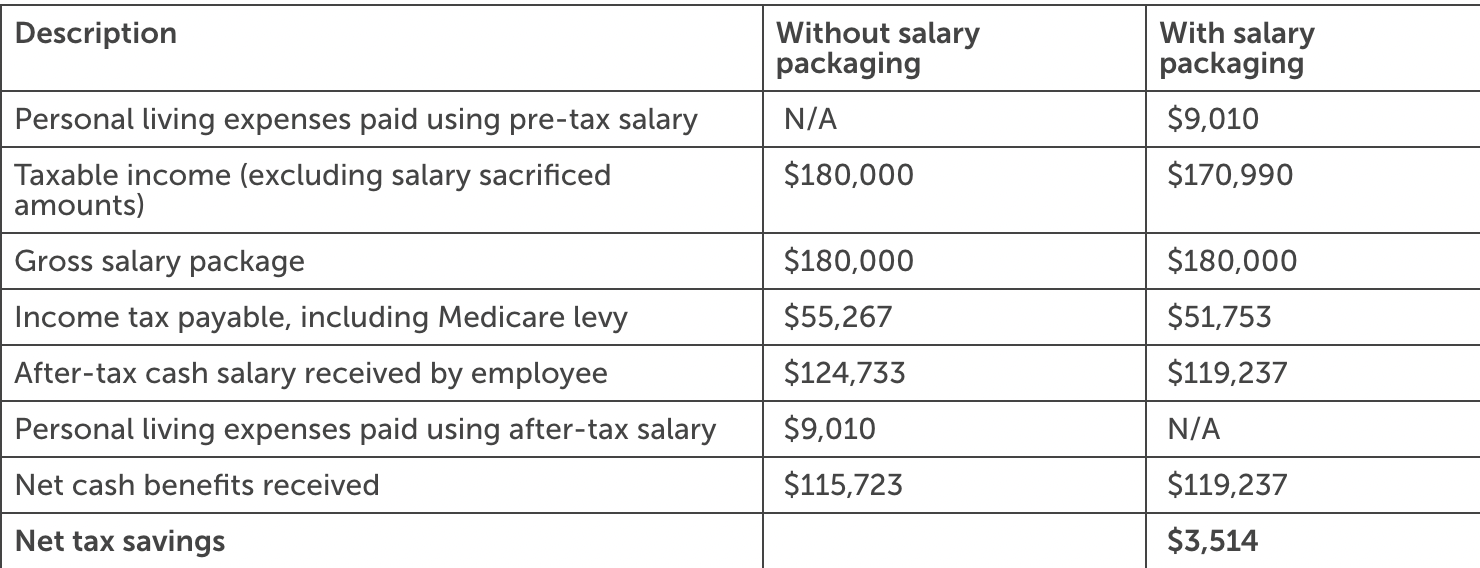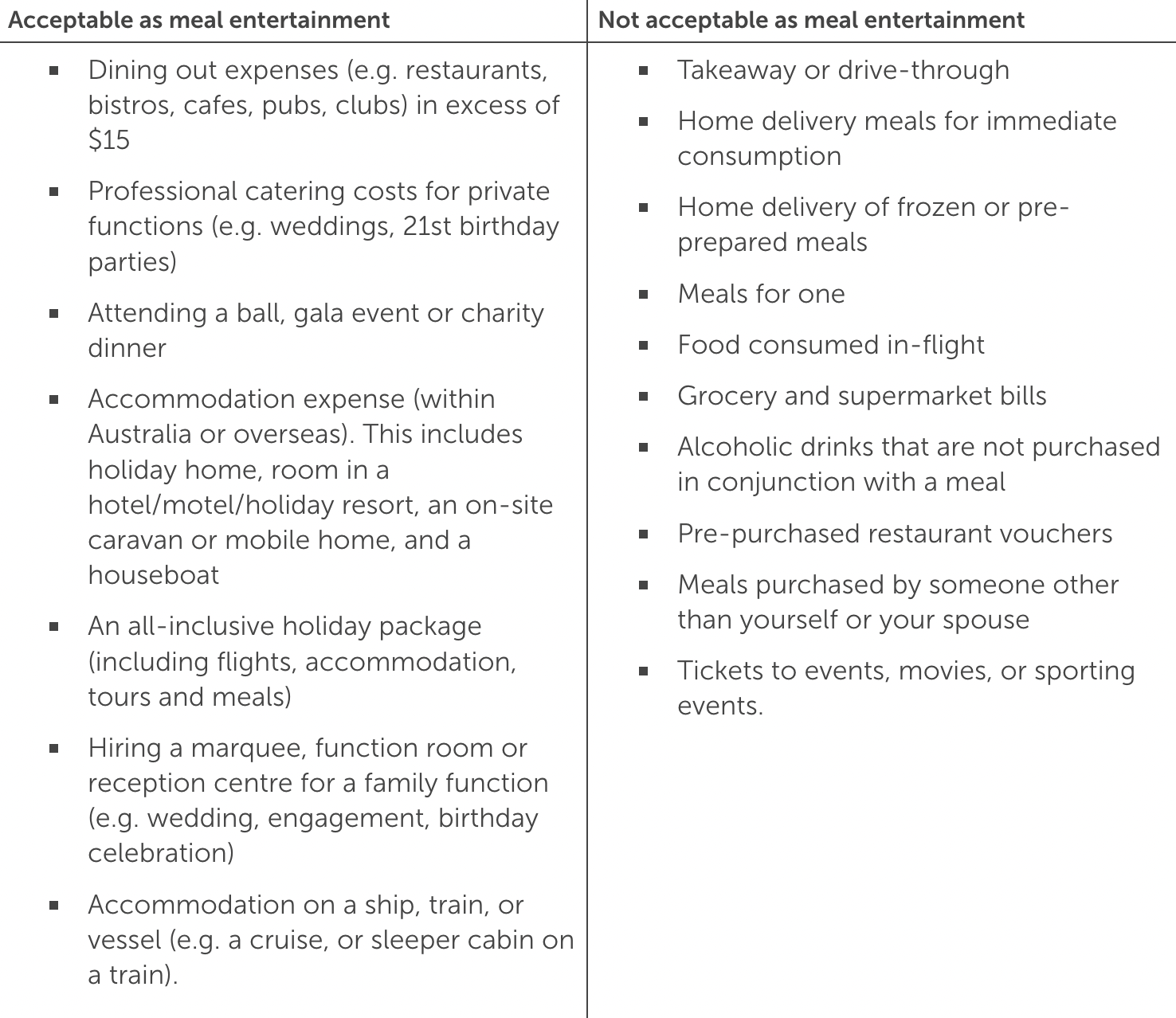Salary Packaging for Medical Professionals

Did you know that medical professionals and people working in the hospital system have a great opportunity to save money through salary sacrifice arrangements?
Salary packaging, also known as salary sacrificing, is a popular method used by medical employees to minimize their tax obligations.
Here's how it works: When an employee and their employer reach an agreement, the employee agrees to receive a lower amount of after-tax income. In return, the employer covers certain benefits using the employee's pre-tax salary.
Some of the most common items that can be included in salary packaging are superannuation and car benefits, like a novated lease. These options are typically available to most employees, depending on their agreement with their employers.
But that's not all! Medical professionals and people working in public and not-for-profit hospitals have even more flexibility. They can also include living expenses and meal entertainment expenses in their salary packaging arrangements. We'll dive deeper into these details below.
Living expenses

This means that employees working in public and not-for-profit hospitals have the opportunity to include their everyday expenses in their salary packaging arrangements. These expenses can include things like mortgage payments, rent, credit card bills, school fees, and private health insurance.
For each FBT year, which runs from April 1 to March 31, there are specific limits on the amount that can be packaged. You can package up to $9,010 of GST-free expenses, such as mortgage or school fees, or up to $8,172 of expenses that are subject to GST.
The tax benefits that can be derived from such salary packaging are demonstrated below:

Just a heads-up, the calculations mentioned above are based on income tax rates for the 2021/22 period and don't take into account any other income or deductions a taxpayer may have.
As you can see from the example provided earlier, when an employee sets up a salary sacrifice arrangement where their employer pays for their living expenses totaling $9,010 using pre-tax salary, the employee ends up benefiting by an extra $3,514 thanks to the tax savings.
Meal entertainment

Apart from salary packaging for living expenses as discussed earlier, employees working in public and not-for-profit hospitals have an extra perk. They can also include up to $2,650 worth of meal entertainment or venue hire in their salary packaging each FBT year.
When it comes to meal entertainment, you have the flexibility to include expenses like dining out or overnight accommodation. However, it's important to note that take-away meals or dining out on your own are not covered.
To give you a clearer idea, here's a table that provides examples of meal entertainment items that can and cannot be included in your salary packaging:

When you choose to salary package your meal entertainment expenses, your employer will cover those expenses on your behalf using
pre-tax salary. This arrangement can result in some tax savings for you. Here are some key points to remember.
Contact your administrator
Every hospital has its own administrator who manages the salary packaging process. They can be either an internal or external person. To get started, you'll need to create an account with them and submit all your claims through their system. The administrator will provide you with all the information you need about the rules and process of salary packaging at your internship hospital.
Keep good records
When you include items in your salary packaging, you'll need to submit specific documents and evidence when making a claim. Understanding these requirements will help you update any contracts and keep track of your receipts, ensuring that you can claim the items you want. This is especially important if you want to backdate your claims, as you need to make sure you have the right documents in order to claim them next year.
Understand the different timelines for FBT
The Fringe Benefit Tax (FBT) year and the financial year are important for maximizing your tax savings during your internship. Salary packaging operates based on the FBT year, which starts on April 1st each year. This timing difference between your internship year and the FBT year allows you to have at least two spending caps during your internship. The financial year runs from July 1st to June 30th, which means you could potentially package items at two different tax rates since your intern year falls across two financial years. Since your intern year, FBT year, and financial year follow different timelines, it's important to plan your rotations accordingly so you can make the most of this benefit.
What's the next step?
It's definitely worth having a conversation with both your employer and one of our expert team members about how you can take advantage of the salary packaging options mentioned above.
To make it work, you'll need to set up a salary sacrifice arrangement with your employer before you begin your work. This arrangement can be applied to your future salary, but not to your past earnings.
To see how you can benefit from salary packaging , arrange a chat with one of
our expert team members.














